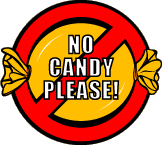In every Spinning class you’ll hear me refer to the suggested effort level for a particular interval, stated as a % of your max effort/max heart rate and comparing it to an everyday activity:
60%– Easy warm up or cool down pace.
70%–“Brisk jog” pace: Still a conversational pace, but you’re riding with intention, not slacking off.
80%–“Race” or “brisk run” pace: You can speak, but when we do a “talk test” you need a breath every 3-4 words. You’re huffing and puffing and open mouth breathing is required. This is the max you can sustain for around 25-30 minutes
90%–Surge pace. Not a pace where you want to speak. You should feel a burn in the legs.
Of course, there are days when it’s a little harder to find that get-up-and-go. We tell ourselves that we’re working at 80% during those race-pace intervals, or surging at 90%–but are we really?
Conversely, there are also times when we know we should be dialing it back–when we’re recovering from a cold, injury, or have a race coming up and should be tapering–and we end up pushing too hard instead.
How can you avoid falling into those traps? With one simple tool: a heart rate monitor.
The problem is that if you go out and buy a heart rate monitor, enter your birthday and gender, then slap it on your wrist and ride at what it tells you is 70%, 80%, or 90% of your max, it might be off. Wayyy off. If you trust the watch to calculate your heart rate zones instead of entering them on your own, it’ll likely use a standard formula (220 minus your age, or sometimes 225 minus your age for women), and that standard formula may be off by as much as 30 beats, which can really affect those percentages. 30 beats might not sound like much, but it could mean the difference between slacking off when you should be surging, or running out of steam 3 minutes into a 30 minute time trial.
So once a month in class we’ll do a 30 minute time trial–an opportunity to go all out for 30 minutes. For those who’ve done time trials in my class before, you know the secret is in the pacing: going hard enough so that you don’t have lots of extra energy at the end, but not so hard that you run out of steam partway through. It’ll require focus and paying careful attention to your body. As I mentioned last week, it’ll also help if you take a rest day before class.
Here’s where the fun comes in: Our “race pace”– the max you can sustain for 25-30 minutes–is about 80% of your max. So if you have a heart rate monitor, you can use this time trial class to set personalized heart rate zones on your watch, assuming you’ve taken that rest day the day before and really work at your max for those 30 minutes.
Here’s the way the class will look*:
-We’ll start off by warming up for 10-15 minutes
-Then, we’ll dive into our 30 minute time trial. I’ll try to keep it moving by providing reminders about posture, pedal stroke, and points of focus throughout.
-Ten minutes into the 30 minute time trial, I’ll have you start your heart rate monitors (or hit “lap” if you have lap function).
-Your average heart rate for the last 20 minutes of the time trial will be your lactate threshold (LT)–simply stated, that dividing line between aerobic and anaerobic work which is around 80-85% of your max heart rate. This will be your new, refined and defined “race pace.”
Now that we know what your LT–or 80-85% of your max–is, we can determine the rest of your heart rate training zones with some simple math. In future classes, when I say “70%” or “80%” or “90%,” you’ll know exactly where you need to be in order to get the most benefit from the class–and can use those zones for training outside of class as well. I promise–it’ll keep you honest, push you to work when you don’t feel like it, and force you to dial it back when the situation calls for it.
Over a season your LT shouldn’t change much–but you’ll be able to see how much your fitness improves each month by keeping track of the distance recorded by your bike during the 30 minute time trial. At the same heart rate, you should see that distance and your average speed increase as your fitness builds.
So come ready to ride tomorrow–and if you don’t have a heart rate monitor, don’t worry. You can still use the “talk test” to dial in your proper zone…and in the mean time, put a heart rate monitor on your holiday wish list!
* Shout out to Joe Friel for his most excellent blog and this indoor cycling LT test.
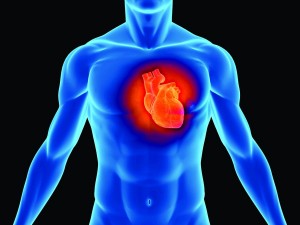

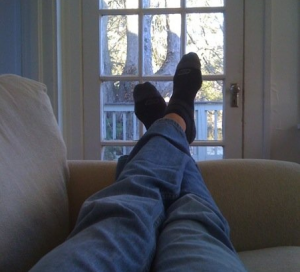
 The holidays are here, and if you’re like me, that means travel–travel away from home, your favorite gym classes, familiar running paths, bike riding routes, and pool.
The holidays are here, and if you’re like me, that means travel–travel away from home, your favorite gym classes, familiar running paths, bike riding routes, and pool.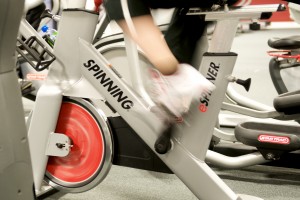 Hi gang!
Hi gang!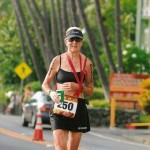
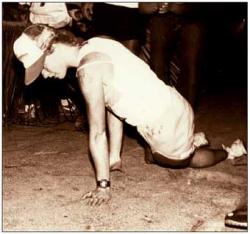 Chances are you’ve seen the
Chances are you’ve seen the 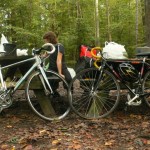 Lina’s back from her inspirational 330 mile bike trip from Jacksonville, FL to Charleston, SC and agreed to share the details. All her careful planning paid off: she survived rain and warmer-than-expected weather, rode the whole way without equipment failure or injury, built up a hearty appetite but never went hungry, and successfully found places to pitch her tent along the way.
Lina’s back from her inspirational 330 mile bike trip from Jacksonville, FL to Charleston, SC and agreed to share the details. All her careful planning paid off: she survived rain and warmer-than-expected weather, rode the whole way without equipment failure or injury, built up a hearty appetite but never went hungry, and successfully found places to pitch her tent along the way.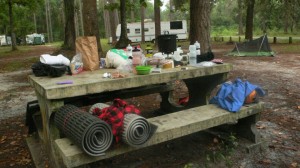
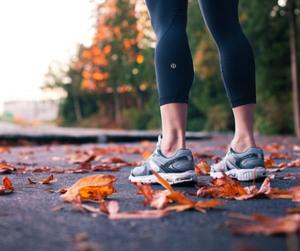
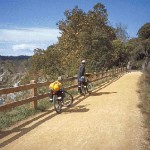 Bike Rides
Bike Rides
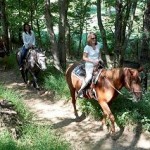 Horseback Riding
Horseback Riding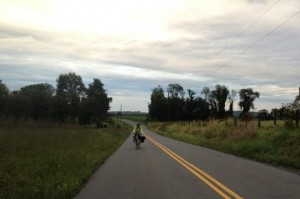 The weather is wonderful here in DC after a long hot summer, making it the perfect time to enjoy the outdoors with long bike rides, hikes, and runs.
The weather is wonderful here in DC after a long hot summer, making it the perfect time to enjoy the outdoors with long bike rides, hikes, and runs. I did it! I survived the
I did it! I survived the 